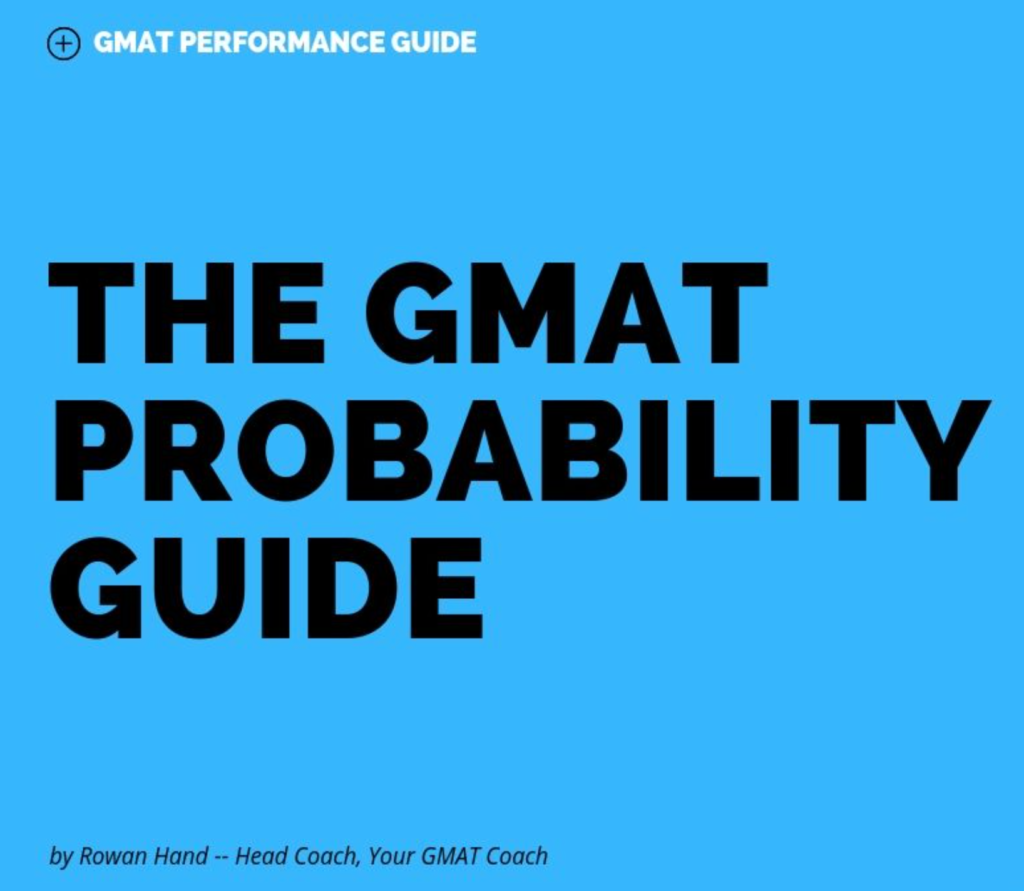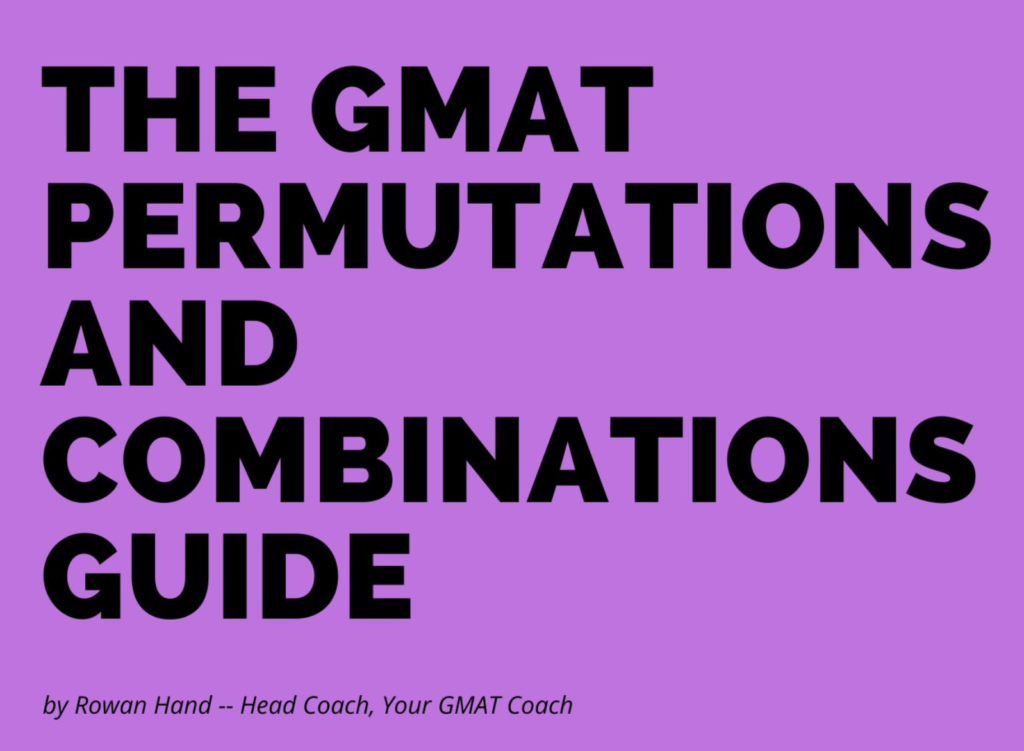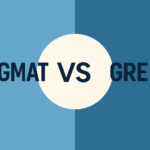A GMAT Probability Question Fully Solved: An Exception to the “At Least” Rule?
It’s difficult to say that there’s really an exception–after all, you can do any Probability question multiple ways, forward, backward, or even sideways. The question is just which of these ways will be most effective in the given situation.
What is the Probability of getting at least three Heads when flipping a coin four times?
Which way around is this? Would it be easier to do total – what we don’t want or simply to count up from scratch?
Now this one could actually present us with a situation where it’s more useful to do the latter, but we’ll try it both ways and you can decide for yourself which one presents a better solution.
Let’s start with the approach we’ve discussed previously.

Counting Down (1 – what we don’t want)
We know that there are two possibilities for each flip of the coin, so there are 24=16total possibilities. Remember that we will divide each of our arrangements of H and T by 16.
First, let’s define what we don’t want. “At least three Heads” means we take the three Heads and four Heads situation, or we exclude the zero, one, and two-Head situations.
That is…
1-zero Head – one Head – two Head=at least 3 Heads
The zero-Head situation is this:
TTTT
There is, of course, only one way to arrange this (4!/4!), for a Probability of 1/16.
The one-Head situation is this:
HTTT
It’s probably easy enough by now to see that the H in any of the four positions, but we can use Mississippi to determine 4!/3!=4, for a Probability of 4/16=1/4.
The two-Head situation is this:
TTHH
This isn’t as obvious to count, so let’s use Mississippi: 4!/(2!2!)=6, for a Probability of 6/16=3/8.
Now we can see that our answer is this (we’ll leave everything over 16 for convenience, assuming that 1=16/16.
1-zero Head -one Head -two Head=at least 3 Heads
1-1/16-4/16-6/16=5/16
Well, now we know that the answer is 5/16. How does that compare with counting up from scratch? Good question: let’s have a look.
Counting Up (starting from scratch) in a GMAT Probability Question
Again we acknowledge the total number of possibilities: 2^4=16 total. Remember that we will divide each of our arrangements of H and T by 16.
Next, note that all we need to determine is the Probability for the three-Head situation and the four-Head situation.
The three-Head situation is like this:
HHHT
Moving around the T, we can place it in any of the four positions. Alternatively, we can use Mississippi to determine 4!3!=4, for a Probability of 4/16=1/4.
The four-Head situation is like this:
HHHH
There is clearly one way to do this, or if you’re really picky you can use Mississippi to get 4!/4!=1, for a Probability of 1/16.
Thus our total is simply the three-Head case plus the four-Head case:
P(three Heads)+P(four Heads) = 4/16+1/16=5/16
Hopefully unsurprisingly, we get the same answer as before: 5/16. If we hadn’t, there would be a problem.
Here’s a GMAT Probability question: have you seen the GMAT Probability Question Resources page?
Check out another GMAT Probability article here!
Like what you’ve seen here? Check out the GMAT Probability Guide here.







